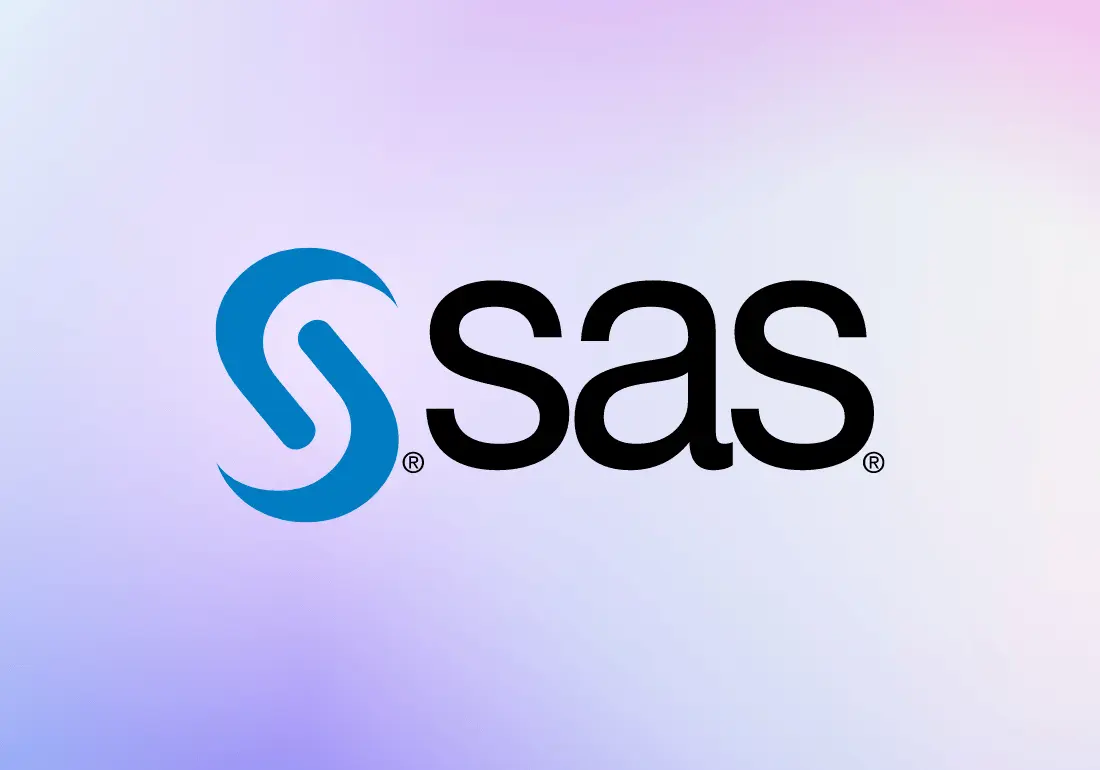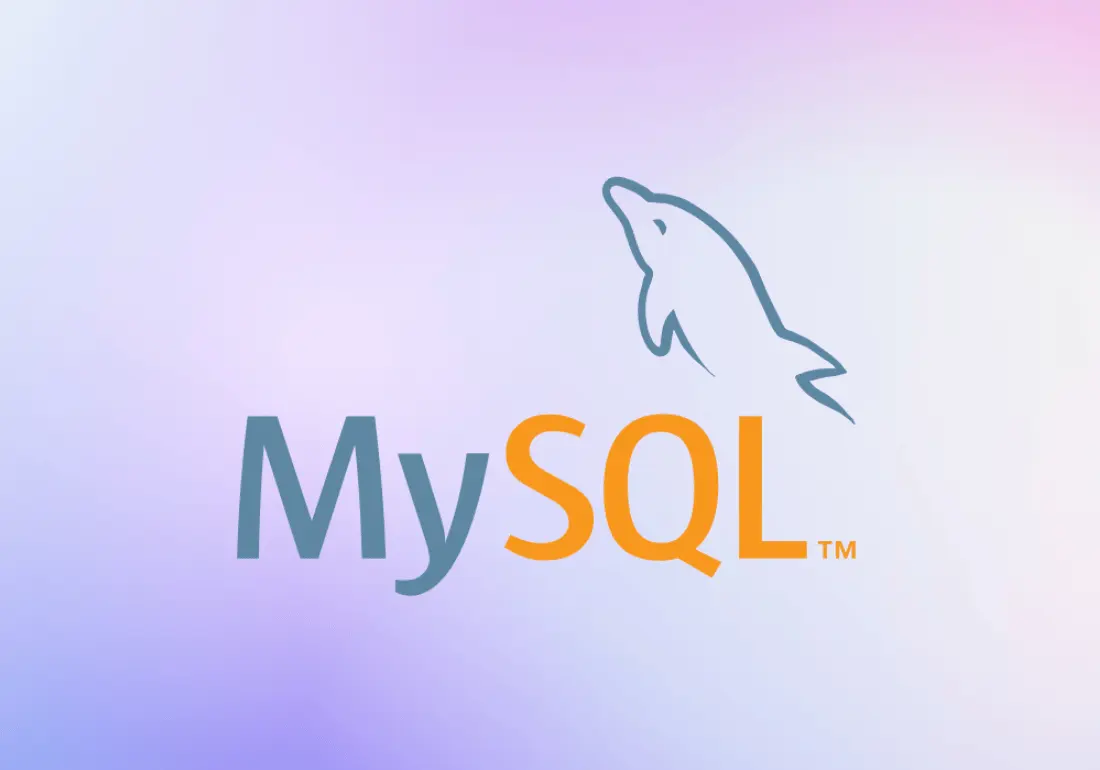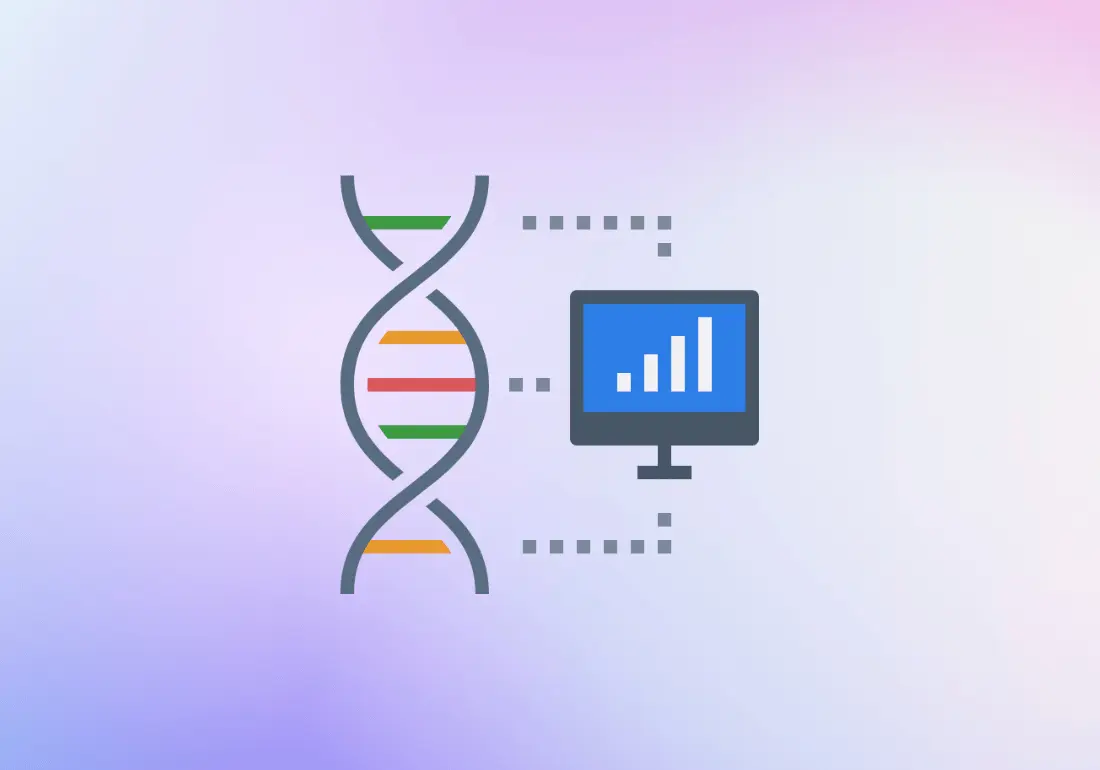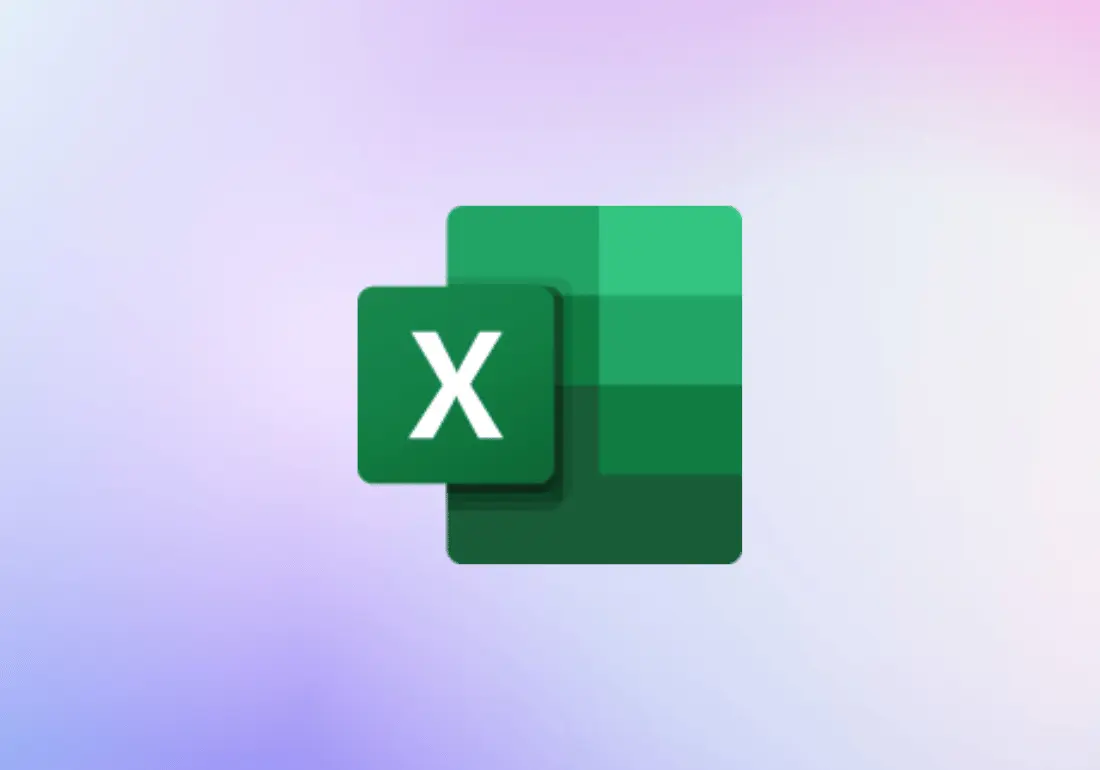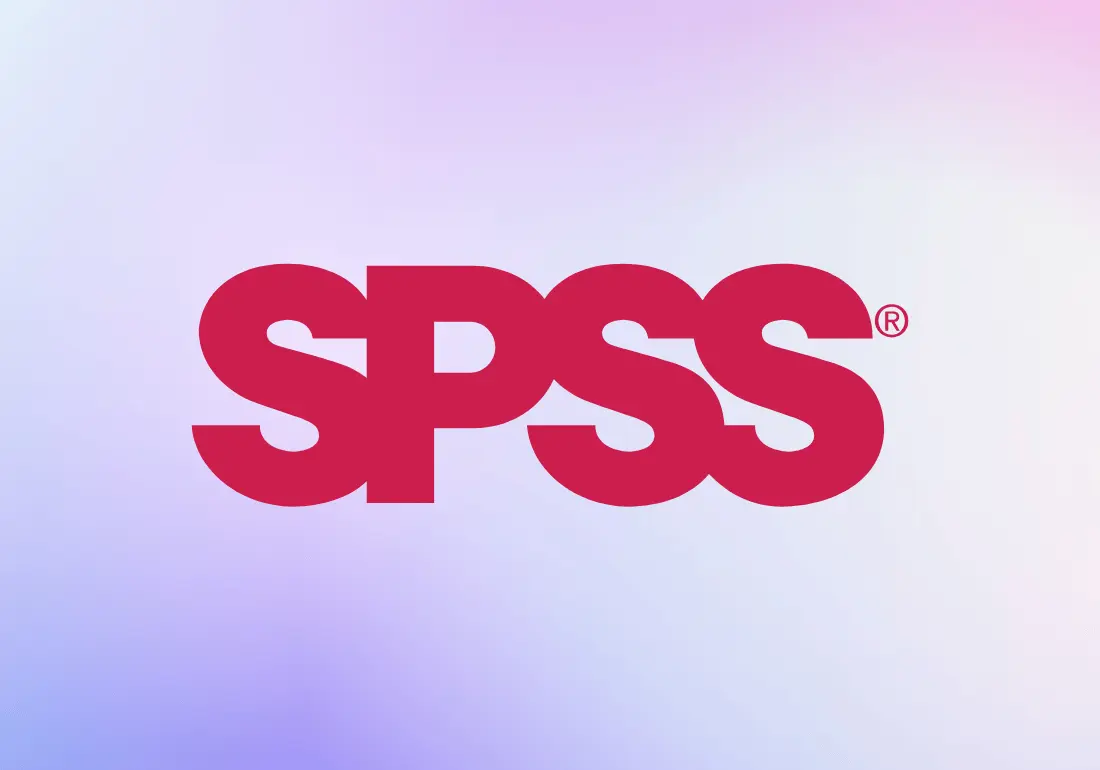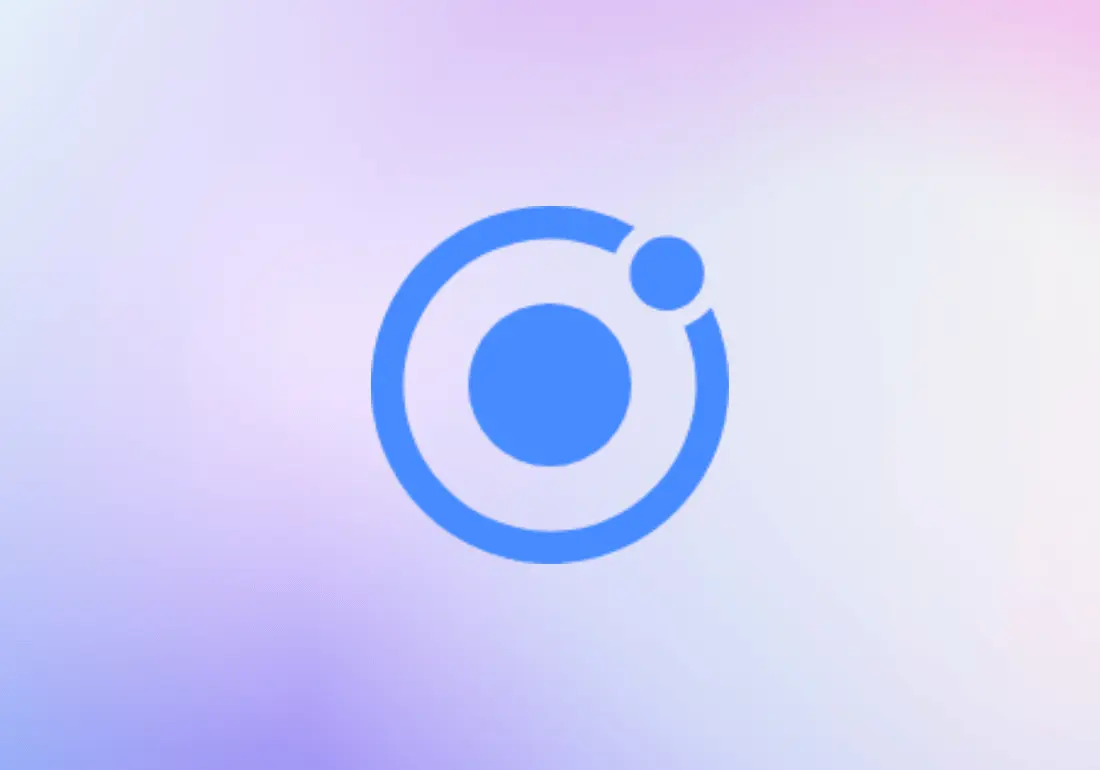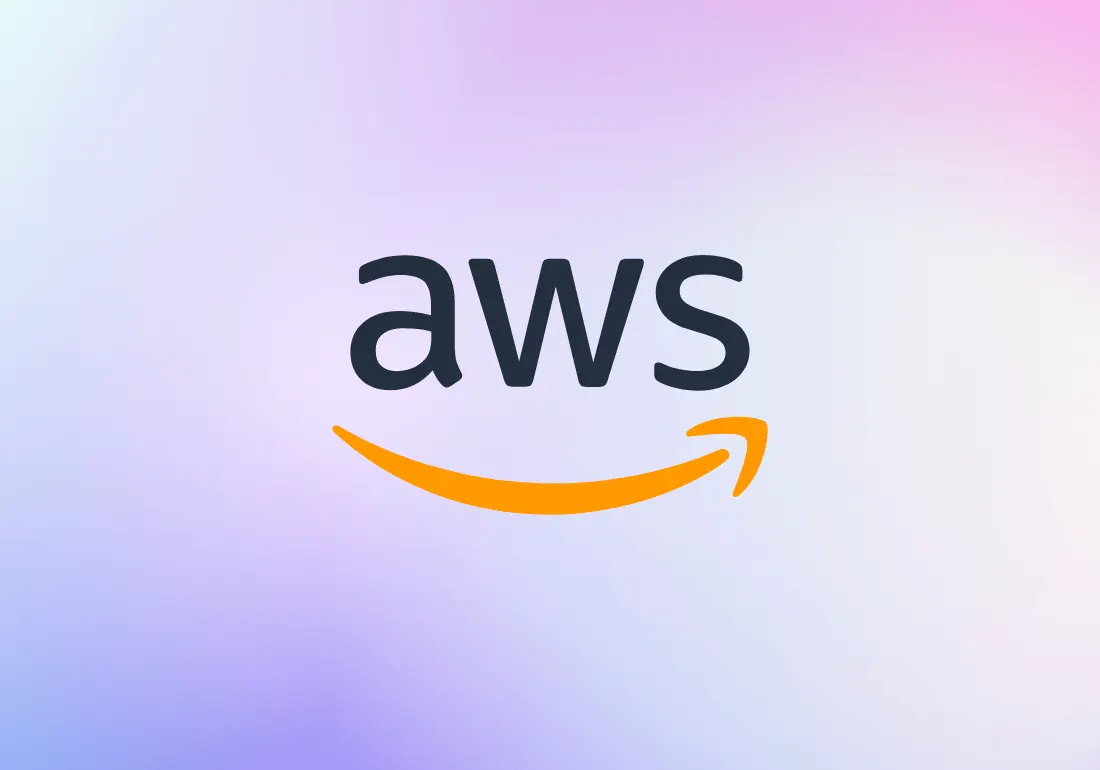Best Python Analytics Training in Chennai
Modules Covered in Python Analytics Training in Chennai – Core Python, Data Extraction, Data Cleaning, Data Formatting, Data Visualization, Statistical Methods, Python Libraries

Introduction to Python Analytics
Python is an object-oriented programming language which has gained popularity because of its clear syntax and readability. Python is portable and its statements can be easily interpreted by several operating systems including Mac OS, Windows, Linux and other Unix-based operating systems. One of the important features of Python language is that all the source statements are indented which makes it more readable when compared to other programming languages. Furthermore, Python has dynamic data types, readily available classes and interfaces to several calls and libraries. Python is capable of handling Data Analytics, Data Science and Deep Learning. Ampersand Academy offers one of the best Python Analytics training in Chennai. Our unique class delivery plan engages our students effectively and enables them to understand the Python Analytics easily.
Why Python for Analytics?
Python is an object oriented programming language which can be used for developing complex web and desktop applications. Python also has analytical capabilities. With both its application development capability and analytical capability, Python stands out among other analytical tools such as R Programming or SAS. One can easily embed the analytics output to web or desktop application with the help of Python Web Frameworks. At Ampersand Academy, we offer training in both Core Python and Python Analytics. With these courses you will be able to do analytics and take analytical report in Web Applications.
Python is futuristic since there is huge community for Python Analytics. New algorithms are first designed and developed for Python Language when compared to other languages. Python has Machine Learning and Deep Learning Libraries.
Choosing a tool for performing analytics is still a tough call. Tools like R Programming and SAS are mainly focussed for Statistical People whereas Python is basically focussed for general purpose developers.
Features of Python Analytics:
- Object Oriented
- Huge Community Support
- Easy Package Management Tool
- Machine Learning Libraries
- Deep Learning Libraries
- Easy to deploy in Web
Methodology
We at Ampersand Academy offer the best Python Analytics Training in Chennai. We offer several modes of training for Python including classroom, online, corporate and academic training. We offer the best course curriculum for Python Analytics through which even a candidate from the non-IT background can easily learn and program in Python Analytics. Our training is full of practical sessions with few theoretical classes. We provide assignments, mini projects, and conduct assessments to make sure our students have understood the concepts we teach them.
COURSE OVERVIEW
Python Analytics Training in Chennai
At Ampersand Academy in Chennai, our Python Analytics Training provides a thorough learning experience designed to master Python for data analytics and data management. Key features of our program include comprehensive coverage of fundamental and advanced Python modules, hands-on projects, and real-world case studies to ensure practical application of skills. Led by industry experts with over 15 years of experience, our trainers offer personalized attention and one-on-one support. With flexible learning options, including both classroom and online sessions, and a robust job assistance program, you will be well-prepared to excel in the fields of data analytics and data science.
Python Analytics Course Curriculum
What Ampersand Academy provides for Python Analytics
1. Introduction to Python Programming
Theory
- Introduction to Python
- Overview of Python and its history.
- Key features and benefits.
- Anaconda IDE
- Installing and setting up Anaconda.
- Overview of Anaconda features.
Installing Python and Anaconda IDE
- Step-by-step guide to installing Python.
- Installing and configuring Anaconda IDE on various platforms.
2. Operators in Python
- Arithmetic Operators
- + – * / %% //
- Relational Operators:
- <, >, <>, =, >=, <=
- Bitwise Operators
- AND, OR, XOR, NOT, shifts.
- Increment and Decrement
- Using +=, -=, etc.
- Logical Operators
- AND, OR, NOT.
3. Loops
- Do While Loop
- Syntax and examples.
- While Loop
- Syntax and practical use cases
- For Loop
- Iterating over sequences.
- Break and Continue
- Controlling loop flow.
4. Data Structures
- Lists
- Creating, accessing, modifying.
- List comprehensions methods.
- Sets
- Creating and using sets.
- Set operations and methods
- Tuples
- Creating and accessing tuples.
- Tuple methods immutability.
- Dictionary
- Creating & using dictionaries.
- Methods operations.
- Strings
- Manipulation and methods.
- Formatting & Operations.
- Numbers
- Numeric types in Python.
- Operations & Conversions.
5. Introduction to Classes
- Create Class
- Defining & instantiating classes.
- Creating Objects
- Object instantiation and usage.
- Member Variables
- Instance and class variables.
- Member Methods
- Defining and calling methods.
6. Constructors
- Default Constructor
- Creating default constructors.
- Parameterized Constructor
- Using parameters in constructor.
7. Inheritance
- Is-A Relationship
- Understanding inheritance types.
- Has-A Relationship
- Composition and aggregation.
8. Polymorphism
- Compile-Time (Overloading)
- Method overloading concepts.
- Run-Time (Overriding)
- Overriding dynamic p-morphism.
9. Returning Objects
Methods returning objects and their applications.
10. Advanced Topics
- Modules
- Creating and importing modules.
- Import
- Importing from same and different packages.
- Packages
- Understanding and creating packages.
- Classifying same package same class, subclass, and non-subclass.
- Different package subclass and non-subclass.
- Abstract Class
- Concept of abstract classes and interfaces.
- Exception Handling
- Handling Mechanism
- Try, except, finally blocks.
- Raising Exceptions
- Custom exception raising.
- User-Defined Exceptions
- Creating and using custom exceptions.
- Handling Mechanism
- Multithreading
- Introduction to multithreading.
- Creating and managing threads.
11. File Handling
- Reading and Writing Files
- Reading from files.
- Writing to files.
12. Date and Time
- Date Object
- Working with dates.
- Date Time Object
- Handling date & time.
- Time Object
- Working with time.
- Time Zone Object
- Managing time zones.
13. Database Connection
- Connecting Database
- Setting up DB connections.
- Transactions
- Commit and rollback.
- Queries
- SELECT, INSERT, UPDATE
- CREATE, ALTER, DROP.
- Batch Processing
- Executing batch operations.
14. Additional Topics
- Event Scheduler
- Setting up and using event schedulers.
- Logging
- Implementing logging in Python applications.
- Regular Expressions
- Patterns and Matchers
- Creating and using regular expressions.
- Wildcards and Split
- Advanced regex techniques.
- Patterns and Matchers
15. Data Analysis with Pandas
- Data Frame Operations
- Create Data Frames
- Creating & initializing.
- Structure and Summary
- Understanding summarizing.
- Subsetting Data Frames
- Filtering & slicing data frames.
- Modifying Data Frames
- Adding new columns & rows.
- Formatting applying functions.
- Create Data Frames
- Data Reading and Writing
- CSV, Excel, JSON, and Text Files
- Reading & Writing file formats.
- Database Integration
- Reading from databases.
- Other Formats
- Reading SAS, SPSS, Stata files.
- CSV, Excel, JSON, and Text Files
16. Data Visualization with Matplotlib and Plotly
- Creating Charts and Graphs
- Matplotlib
- Bar charts, pie charts, boxplots, histograms, line graphs, scatterplots.
- Plotly
- Interactive visualizations with Plotly.
- Matplotlib
Course Duration for Python Analytics Course

Who Is this course for?
Skills you can add to your CV:
Scope of Python Analytics
Open source and cross-platform languages are the future. Having said that, Python is both open source and cross-platform language which is extensively used in web development and web application development, Analytics, Data Science and Deep Learning. Python is embodied with several libraries which enable it to be on the cloud, web application development, desktop application development, server utility, etc.
Prerequisite to join Python Analytics Course
Various positions that are offered for Python
Placement Stats
Mazimum Salary Hike
Average Salary Hike
Our Alumni In Top Companies


Career Support We Provide
We offer comprehensive career support, including personalized coaching, resume enhancement, interview preparation, and job placement assistance to help you secure top positions in the industry. Our team is dedicated to equipping you with the confidence and skills needed to advance your career.
Trusted and Recommended: 4.9 Stars Everywhere You Look
Ampersand Academy has consistently received 4.9-star ratings on Google, Facebook, UrbanPro, Sulekha, and Just Dial, reflecting our commitment to providing exceptional education and support.
Exceptional Learning Experience
Highly Recommend for Beginners
Comprehensive and Engaging
FAQs
1. What is Python Analytics, and why should I learn it?
Python Analytics refers to using Python programming for data analysis, visualization, and machine learning. Python is a versatile language with extensive libraries like Pandas, NumPy, and Scikit-learn, making it ideal for analyzing large datasets, building predictive models, and visualizing insights. Learning Python Analytics enhances your ability to work in data-driven roles across various industries, from finance to healthcare, and is a crucial skill for aspiring data scientists.
2. What topics are covered in the Python Analytics Training course?
Our Python Analytics Training course covers a comprehensive range of topics, including Python programming fundamentals, data manipulation with Pandas, data visualization using Matplotlib and Seaborn, statistical analysis, machine learning algorithms, and real-world data projects. The course is designed to equip you with the skills necessary to analyze and interpret complex data, build predictive models, and make data-driven decisions.
3. Who is this course intended for?
This course is ideal for professionals and students who want to enhance their data analysis skills, including data analysts, business analysts, aspiring data scientists, software developers, and anyone interested in leveraging Python for data analytics. Whether you’re new to Python or looking to expand your data analytics capabilities, this course provides the knowledge and hands-on experience needed to succeed.
4. Do I need any prior programming experience to enroll in this course?
No prior programming experience is required to enroll in this course. Our Python Analytics Training course is designed to start with the basics and gradually progress to advanced topics. However, familiarity with basic programming concepts and statistics can be helpful, but it is not mandatory.
5. How long does it take to complete the Python Analytics Training course?
The course duration is approximately 35+ hours of trainer-led instruction. The exact time to complete the course may vary depending on your learning pace, participation in hands-on projects, and additional study. Our flexible scheduling options allow you to learn at your own pace, whether you choose classroom sessions, online learning, or a hybrid format.
6. What kind of projects will I work on during the course?
During the Python Analytics Training course, you will work on real-world projects that involve analyzing large datasets, building predictive models, and visualizing insights. These projects are designed to reinforce your learning and provide practical experience in applying Python to solve data analytics challenges in various industries.
7. Will I receive a certificate after completing the course?
Yes, upon successfully completing the Python Analytics Training course, you will receive a course completion certificate from Ampersand Academy. This certificate validates your expertise in Python Analytics and demonstrates your commitment to advancing your career in data analytics.
8. How will this course help me in my career?
This course will equip you with the skills and knowledge required to excel in data analytics roles. You’ll learn how to analyze and interpret data, build predictive models, and communicate insights effectively. With the growing demand for data professionals, this course will enhance your employability and open doors to opportunities in various sectors, including finance, healthcare, marketing, and technology.
9. What kind of job assistance do you offer after completing the course?
Ampersand Academy provides comprehensive career support, including resume building, mock interviews, and job placement assistance. Our strong industry connections and alumni network will help you access exclusive job opportunities and gain valuable career insights. We also offer ongoing support to ensure you’re well-prepared to secure top positions in the field of data analytics.
10. Can I take this course online, or is it only available in the classroom?
The Python Analytics Training course is available in both classroom and online formats. We offer flexible learning options to accommodate your schedule and learning preferences. Whether you prefer in-person instruction or the convenience of online learning, our trainer-led sessions are designed to provide a comprehensive and interactive learning experience.

